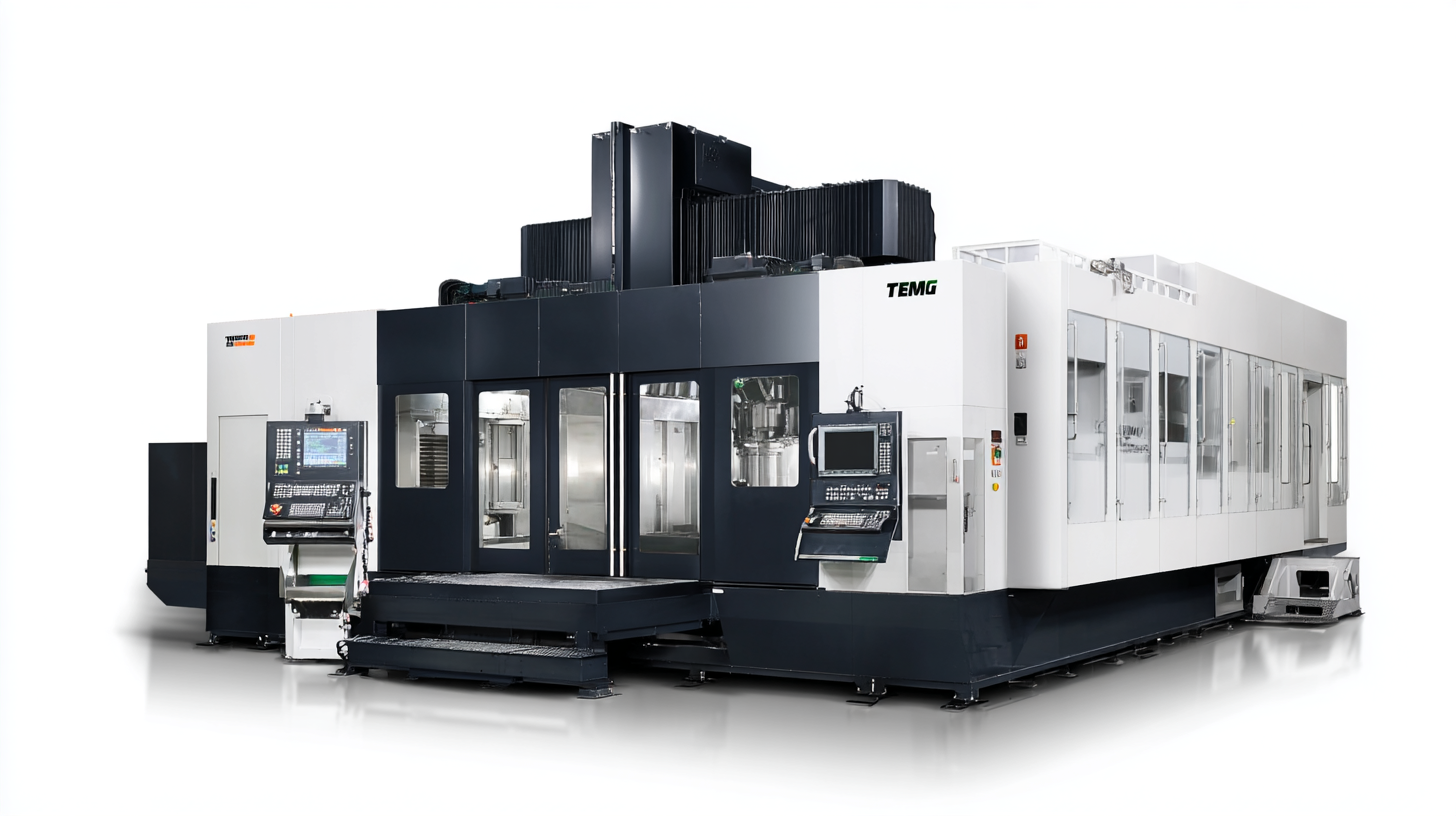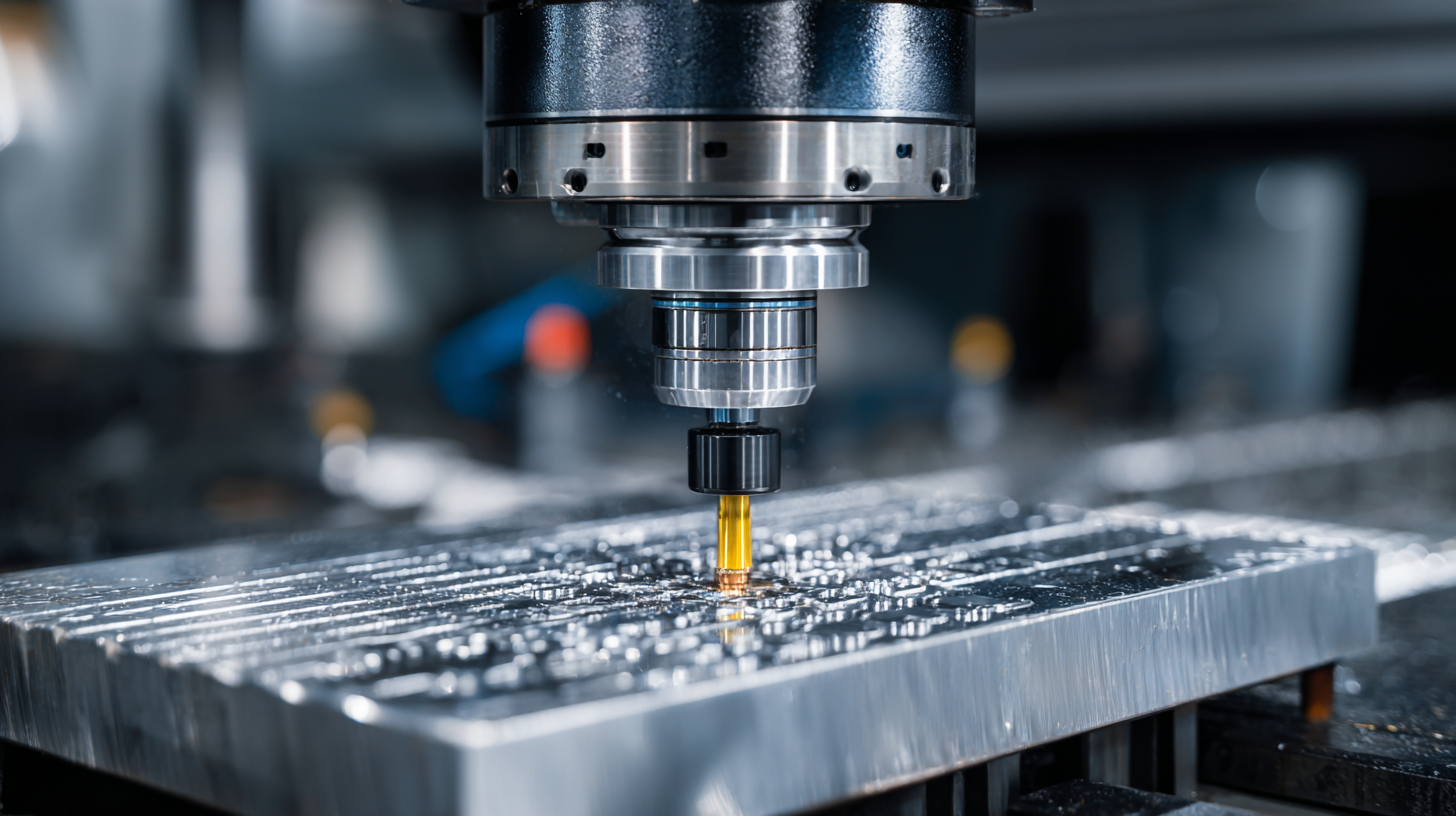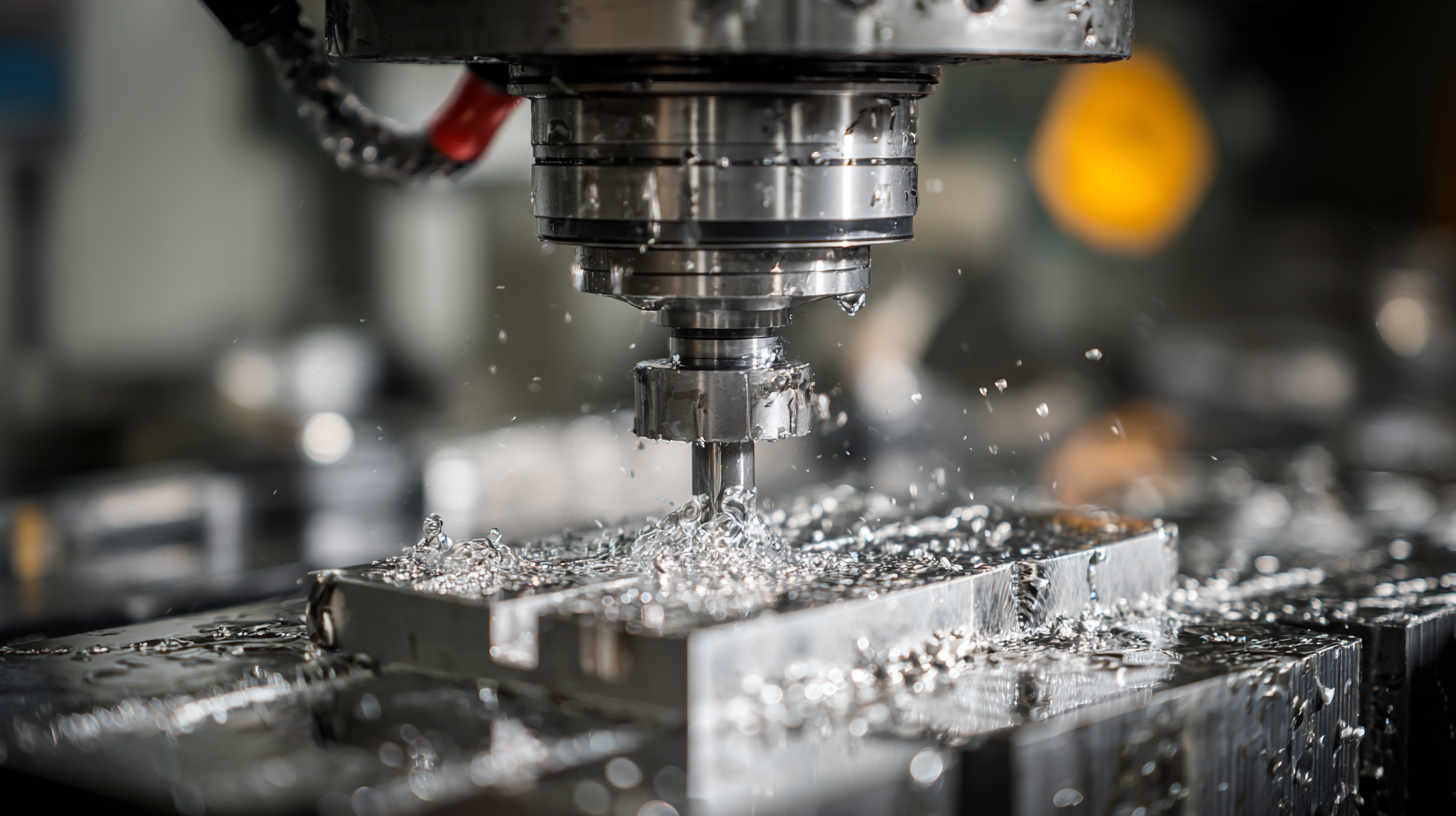Ultimate Guide to Comparing the Leading CNC Milling Machines for Global Buyers
In the dynamic landscape of modern manufacturing, CNC milling machines have become indispensable tools for enhancing precision and efficiency across various industries. According to a report by MarketsandMarkets, the global CNC machine market is projected to reach $112.61 billion by 2026, growing at a CAGR of 6.0% from 2021 to 2026. This surge highlights the increasing reliance on CNC milling technology to meet the demanding standards of production and fabrication in sectors such as aerospace, automotive, and medical equipment. For global buyers looking to optimize their operations, understanding the nuances of different CNC milling machines is crucial. This guide aims to provide an in-depth comparison of leading CNC milling machines, offering insights into their specifications, functionalities, and best-fit applications to empower informed purchasing decisions.

Key Features to Look for in CNC Milling Machines: A Comprehensive Overview
When selecting CNC milling machines, buyers should focus on key features that can significantly enhance machining efficiency and accuracy. One important aspect is the integration of advanced monitoring systems, including tool condition monitoring systems (TCMS). According to recent studies, the implementation of real-time data acquisition methods has led to significant improvements in tool life and machining performance, with some systems achieving a reduction in unplanned downtime by over 30%. This is crucial for manufacturers aiming to optimize their operations in an increasingly competitive market.
Furthermore, sustainability is becoming an essential consideration in CNC machining. A comprehensive review indicates that advancements in cooling and lubrication techniques, such as Minimum Quantity Lubrication (MQL) and dry machining, can drastically reduce environmental impacts associated with traditional cutting fluids. These innovations not only promote a healthier workplace but also align manufacturing processes with global sustainability goals. As buyers evaluate CNC milling machines, understanding these key features can guide them toward decisions that improve both operational performance and environmental responsibility.
Comparing Price vs. Performance: Finding the Best Value in CNC Milling
When navigating the world of CNC milling machines, global buyers are often faced with the crucial decision of balancing price against performance. With a vast array of options available, understanding where to invest in quality without overspending on features that may not enhance productivity is essential. The key lies in identifying your specific requirements—whether it be precision, speed, or flexibility—before delving into the intricate details of each machine.

Comparing models involves examining not just the upfront costs but also the long-term value they bring to your operations. More expensive machines may offer superior technology and longevity, which can lead to considerable savings on maintenance and operational efficiency over time. On the other hand, budget-friendly options might suffice for simpler tasks without compromising quality. Assessing the total cost of ownership, including running costs and potential downtime, can provide a clearer picture of which CNC milling machines truly deliver the best value for your investment.
Top Chinese CNC Milling Machine Brands: Leading the Global Market
The global CNC milling machine market is witnessing significant growth, with leading Chinese brands emerging at the forefront. In 2022, the stone processing machine market was valued at an impressive $7.56 billion, and it is expected to reach $11.45 billion by 2030. Chinese manufacturers are making substantial advances in technology and innovation, positioning themselves as key players in this expanding market. Their focus on integrating digital fabrication and precision engineering is attracting a wide range of global buyers eager for reliable and efficient solutions.
One notable trend is the increasing demand for desktop CNC machines, particularly in sectors like manufacturing and aerospace. This segment is also projected to grow substantially, showcasing the versatility and applicability of CNC milling technology. As these brands continue to innovate and enhance their product offerings, buyers worldwide can expect a diverse range of high-quality machines that cater to various industrial needs. The competitive landscape is further fueled by the rapid advancements in automated manufacturing processes, making it an exciting time for stakeholders in the CNC milling sector.
Ultimate Guide to Comparing the Leading CNC Milling Machines for Global Buyers
| Machine Model | Axis | Spindle Power (kW) | Max Travel (X/Y/Z) (mm) | Precision (mm) | Max Load (kg) |
|---|---|---|---|---|---|
| Model A | 3 Axis | 5.5 | 600/400/400 | 0.01 | 800 |
| Model B | 4 Axis | 7.5 | 800/500/500 | 0.015 | 1000 |
| Model C | 5 Axis | 10 | 1000/700/700 | 0.005 | 1200 |
| Model D | 3 Axis | 4.0 | 500/300/300 | 0.02 | 600 |
Understanding the Export Process: Navigating International CNC Equipment Trade
Navigating the international trade of CNC machinery involves understanding regulatory frameworks, supply chain dynamics, and emerging market trends. With the increasing complexity of global trade, particularly in regions like Russia and China, exporters must stay abreast of compliance issues stemming from new sanctions and co-dependency on foreign technologies. As reported, companies engaged in autonomous military technology procurement in Russia are finding resilience in the face of stringent Western export controls. This suggests that buyers and sellers must thoroughly assess potential risks and adapt their strategies accordingly.

In the backdrop of these friction points, various sectors are witnessing shifts based on acquisition and innovation trends. For instance, a recent acquisition in the CNC sector led to a stock surge, highlighting the continued investor confidence in CNC manufacturing capabilities amidst turbulent trade conditions. Additionally, the push from China toward increased innovation in its manufacturing industry can influence global suppliers by reshaping benchmarks in production efficiency and technological advancement. As firms like Fabcon India secure export certifications, they exemplify the growing prominence of companies that can navigate these complexities effectively, tapping into lucrative international markets.
User Experiences: Real-Life Reviews of Popular CNC Milling Machines
When it comes to investing in CNC milling machines, user experiences provide invaluable insights that can guide potential buyers. According to a recent industry report by MarketsandMarkets, the CNC machine market is projected to reach $117 billion by 2026, driven largely by advancements in technology and an increasing demand for precision manufacturing. Users across various sectors have highlighted the reliability and efficiency of top brands like Haas and Mazak, commonly praising their ease of use and support services. These machines not only enhance productivity but also reduce operational costs significantly.
Tip: Always prioritize machines with robust customer support and a strong user community. This can prove essential when troubleshooting or seeking enhancements.
Real-life reviews reveal that users appreciate features such as integrated software and automatic tool changers, which streamline operations. Additionally, a survey conducted by Techni Tool found that 72% of users experienced increased accuracy after switching to more advanced CNC milling options. This highlights the importance of investing in quality machinery for long-term savings and efficiency.
Tip: Consider visiting trade shows or online forums to gather firsthand accounts from users about their experiences with specific models before making a purchase decision.

